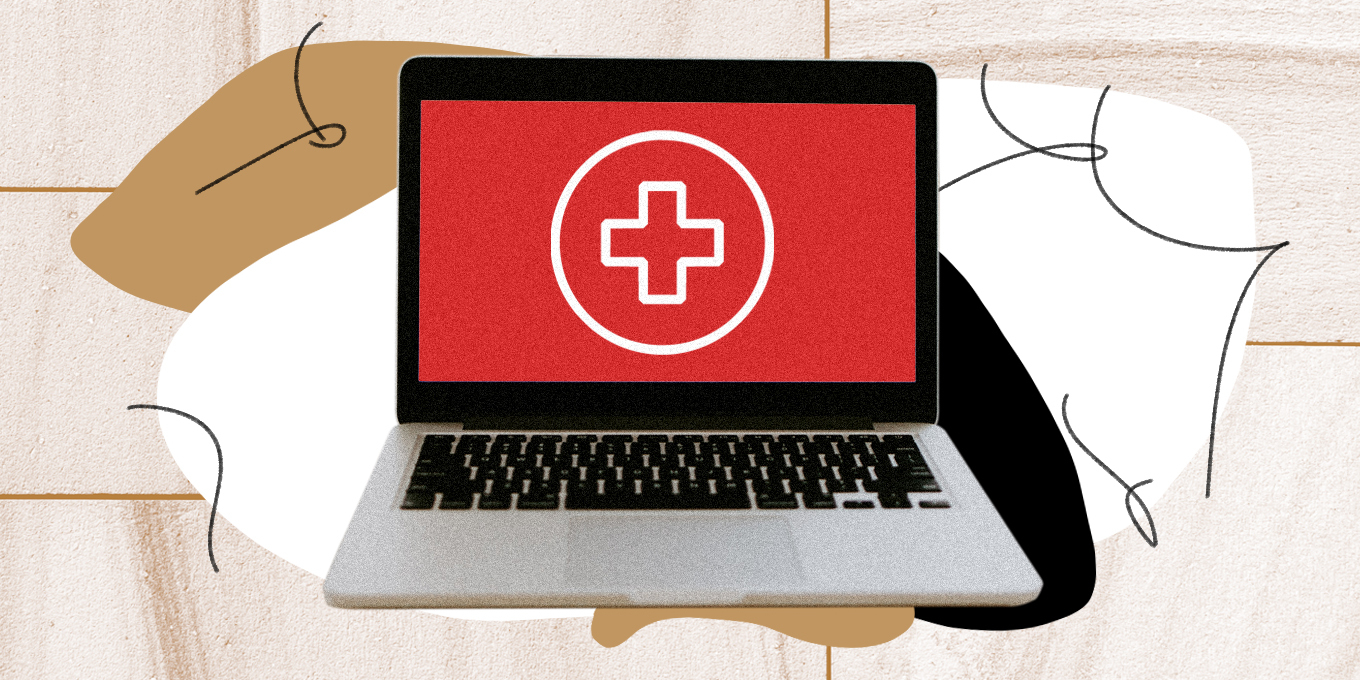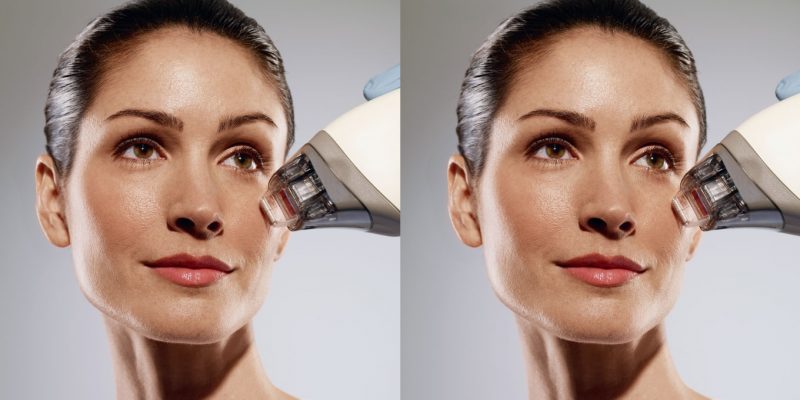These days, many modern conveniences – a ride anywhere, dinners to your door, infinite first dates – can be arranged with just a few clicks (or swipes). But while trend watchers have been awaiting the Uberfication of health care for years, tech companies offering medical attention on demand are just starting to take off in Canada. In a 2018 survey done for the Canadian Medical Association, only 8 percent of respondents had ever had a virtual doctor’s appointment before, despite keen interest: 70 percent of participants said they’d choose the option if they could.
Now, the COVID-19 pandemic’s #stayhome mandate is goosing demand even more. Maybe you don’t have an emergency that merits heading right to a hospital, but you still need prescription meds to tackle a UTI or stubborn case of acne, or a doctor’s orders to get lab tests, or therapy to help you manage coronavirus-fuelled anxiety – you can get all of the above via virtual care.
Many Canadian doctors are officially being advised to provide virtual care when possible during this pandemic, and some provinces have recently expanded their coverage of such services (through changes to billing codes). So, depending on which health card you hold, your out-of-pocket cost could be $0. Here’s what you need to know about the new, high-tech “house call,” including how it works, what issues you can deal with, and where it’s covered (or not).
WHAT EXACTLY IS VIRTUAL HEALTH CARE?
Virtual care is basically any kind of remote interaction –through any form of technology – between you and a medical profession for the purposes of patient care. This could be online chatting with a doctor when you need a prescription for an acute or chronic condition, sending pics of a weird-looking mole to a dermatologist, or doing video sessions with a psychologist. Even connecting through a good, old-fashioned phone call (often referred to telecare, telehealth or telemedicine) counts.
CAN I GET VIRTUAL HEALTH CARE FOR FREE?
It depends. Many virtual care platforms now popping up in Canada are private companies, connecting patients and medical professions for a fee. The exact cost – and whether you have to fork it over out of pocket – can vary wildly by platform, service/practitioner type, and where you live. Coverage through the public health care system is far from universal.
But some provinces have been angling to improve access to virtual care for a while, and the pandemic has put plans into fast-forward. “Doctors all over the country were closing their clinics as COVID got worse, and of course we don’t want patients [with non-urgent concerns] going to a hospital, especially now,” explains David Del Balso, co-founder and co-CEO of the Toronto-based virtual care platform Tia Health.
Currently, if you’re a resident of Ontario, Alberta or B.C. with a valid health card, you can get virtual care for free through several platforms, including Tia Health or Babylon by Telus Health. (Since expanded provincial coverage is partly a response to COVID-19, how long it will last is unclear.) For other Canadians, each virtual appointment is $30+ on Tia Health and $65 on Babylon.
Popular rival platform Maple offers pricing per visit (from $49), as well as memberships (from $30 per month). At the moment, only Maple’s video visits in B.C. and COVID-19 screenings in Ontario are provincially covered. (See “Virtual Health and Dental Care Services Across Canada” below for more virtual care options.)
HOW DOES IT WORK?
The process for connecting with a doctor varies by platform; ditto for how you can communicate with them (phone, video and instant messaging are common options).
Some platforms prioritize convenience and speed: With Maple, for example, “you would create your account, which takes under two or three minutes. Then once you’re in the app, the typical wait time between clicking the ‘Request a Doctor’ button and actually speaking with a doctor is under two minutes,” says practicing ER physician Dr. Brett Belchetz, co-founder and CEO of Maple. “So you’re almost instantaneously connected.”
Others, like Tia, allow you to book in advance and choose your physician, so you can develop an ongoing patient-doctor relationship (a.k.a. “continuity of care”) – a wise idea especially if you have a chronic health condition.
Once you’re in your virtual appointment, expect it to go much like a face-to-face visit. Your online doc will inquire about your symptoms (and possibly review video or pics), ask about your health history (they won’t already have access to your records), and help determine a diagnosis and treatment plan. They can also order bloodwork, prescribe medication or advise in-person care instead.
WHAT HEALTH CONCERNS ARE BEST HANDLED IRL?
“There’s no question that virtual care is not for everything. It’s not meant to be a 100 percent replacement for all in-person physical care,” says Dr. Belchetz. Situations that aren’t well suited to remote appointments include anything that requires an invasive procedure or physical exam.
Virtual doctors also typically can’t prescribe controlled drugs that call for in-person assessments (like narcotics, benzodiazepines and some stimulant meds). Needless to say, if you’re having a medical emergency, like difficulty breathing, chest pain, gastrointestinal bleeding or major trauma, virtual care isn’t equipped to help – dial 911.
Virtual Health and Dental Care Services Across Canada:
If you want to text a doctor at 3 a.m.: After you enter your symptoms, Maple is ready 24/7 to match you with a physician – you’ll usually hear from one within a matter of minutes. Virtual visits are done over instant messaging or video.
If you prefer to choose your doctor: On Tia Health, after you select an appointment type (e.g. “asthma flare-up”), you can see all the practitioners bookable, and schedule a phone or video visit with the one you prefer.
If you need mental health counselling: Co-founded by a physician, Inkblot will connect you with a mental health counsellor (such as a registered psychotherapist) for an online video chat within 12 hours. A half-hour session is $37.50; your first one is free. Beacon is a cognitive behavioural therapy program delivered online; pricing starts at $50. It’s offering a free mental-health program for all Canadians specifically designed for COVID-19-related anxieties around isolation, caring for family members, information overload and stress. Ontario residents are currently able to access full guided digital therapy with Beacon free of charge through the Province of Ontario COVID-19 Support website.
If you have a dental emergency: HelloDent’s virtual screening, powered by Maple, is available across Canada. Within 15 minutes, you can talk to a dentist by phone, video or instant messaging, and get referred to an emergency clinic if needed.
If you require a dermatologist ASAP: Even pre-pandemic, seeing a derm often required a referral and potentially months of waiting. With DermaGO, you can have an online consultation for a diagnosis and prescription within 72 hours, though the cost (not provincially covered) is steep: $180.
READ MORE:
What We’re Really Talking About When We’re Talking About Adele’s Weight Loss
The Best-Selling Sunscreen Brand at Sephora Is Finally Available in Canada
Newsletter
Join our mailing list for the latest and biggest in fashion trends, beauty, culture and celebrity.
Read Next

Beauty
The Best Met Gala Beauty Looks Of All Time
From Taylor Swift's 'Bleachella' era to Rihanna's iconic 2011 braids, meet the best beauty moments in Met Gala history.
by : Katie Withington- Apr 26th, 2024

Culture
Benny Blanco Says He Fell in Love With Selena Gomez Without ‘Even Noticing’ It
Allow Benny Blanco to tell the straight-from-a-rom-com story of how he realized his feelings for his girlfriend and longtime friend.
by : Alyssa Bailey- Apr 26th, 2024

Beauty
Tested and Approved: Your New Hydrating Skincare BFF
This new product has all of your skin’s thirst-quenching needs covered.
by : ELLE Canada- Apr 17th, 2024





